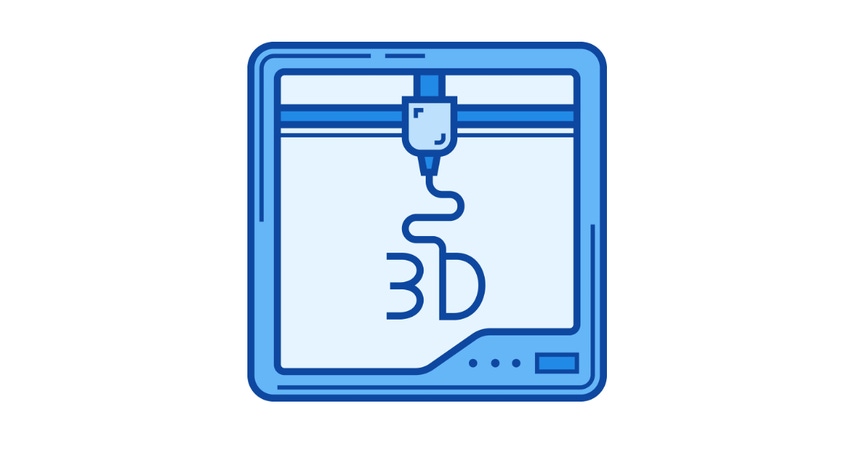New Method for 3D Printing Metal Could Reduce Cost, Improve Efficiency
A new process that allows structural modifications to be programmed into metal alloys during 3D printing could reduce the cost of printing with metals as well as make more efficient use of resources.
January 4, 2024

At a Glance
- Researchers have identified a way to combine metal 3D printing with internal structural change
- Approach may alleviate some of the past concerns about metal processing costs and steps
A research team led by the University of Cambridge developed a method that combines the ability to 3D print complex shapes and to engineer the structure and properties of metals without the need for hammering and applying heat—steps that have traditionally been needed to manipulate metals for years.
The goal of the team, led by Matteo Seita, a research fellow from Cambridge’s Department of Engineering, was to help make 3D printing better suited to wide-scale production, as high production costs have hindered its adoption in industry to fabricate parts.
“There’s a lot of promise around 3D printing, but it’s still not in wide use in industry, mostly because of high production costs,” he said. “One of the main drivers of these costs is the amount of tweaking that materials need after production.”
Alternative to 'Heating and Beating'
People have made metal parts for thousands of years through a method dubbed "heating and beating," hardening the material with a hammer and then softening it with fire. This has allowed metal crafters to form the metal into a particular shape while simultaneously making it with certain physical properties, such as flexibility or strength.
“The reason why heating and beating is so effective is because it changes the internal structure of the material, allowing control over its properties,” Seita explained. “That’s why it’s still in use after thousands of years.”
Current 3D printing techniques, however, do not allow for the control of the internal structure of a printed part in the same way, requiring alternation of the part after production. This causes manufacturers to incur a lot of excess cost as well as production inefficiency, which is why 3D printing of metal often is not adopted.
The researchers wanted to solve this problem without the use of "heating and beating" so they can reduce costs, Seita said. “If you can control the properties you want in metals, you can leverage the greener aspects of 3D printing," he said.
The new method for printing that he and colleagues developed now allows for a high degree of control over the internal structure of the material as it's being melted by a laser by controlling the amount of heat that's generated as well as the way the material solidifies after melting.
A New Way Forward for 3D Printing Metal
This strategy provides the researchers full control over both the strength and durability of the metal. It does this by placing the 3D-printed metal part in a furnace at a relatively low temperature triggering a controlled reconfiguration of the microstructure. Their method uses conventional laser-based 3D printing technologies, but with a small tweak to the process.
“We found that the laser can be used as a ‘microscopic hammer’ to harden the metal during 3D printing,” Seita said. “However, melting the metal a second time with the same laser relaxes the metal’s structure, allowing the structural reconfiguration to take place when the part is placed in the furnace.”
The product of the fabrication was 3D-printed steel made with alternating regions of strong and tough material, resulting in a metal with performance comparable to steel that’s been made through heating and beating, the researchers reported.
In addition to the Cambridge team, researchers from Nanyang Technological University; the Agency for Science, Technology, and Research (A*STAR); the Paul Scherrer Institute; VTT Technical Research Centre of Finland; and the Australian Nuclear Science & Technology Organisation also contributed to the work. The team published a paper on the research in the journal Nature Communications.
The method ultimately could help reduce the costs of metal 3D printing, which could in turn improve the sustainability of the metal manufacturing industry, Seita said.
The group hopes to further improve the process by bypassing the need to treat the part in the furnace after printing, "further reducing the number of steps required before using 3D printed parts in engineering applications," he said.
About the Author(s)
You May Also Like



